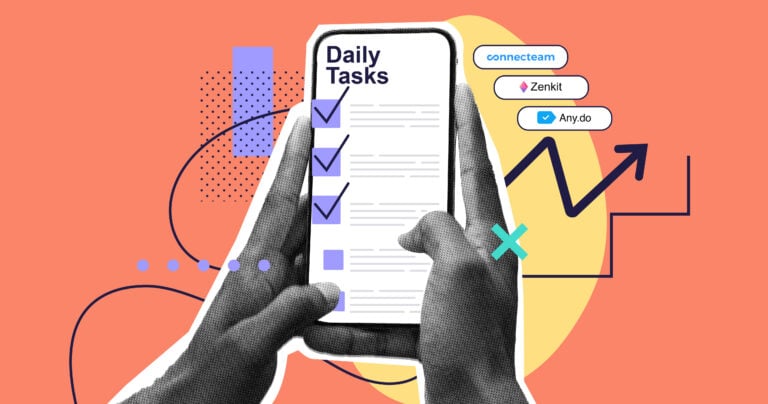Wrike is a popular solution for project management and time tracking, but it’s not right for every business. We highlight 7 of the best Wrike alternatives to use in 2025.
Wrike is a popular platform for project management, time tracking, and employee scheduling. These functions are essential for managing your teams effectively and ensuring that work is accomplished on time. However, not every business will find Wrike’s tools to be the perfect fit for their needs.
The good news is that Wrike is far from the only work management software available for your business. In this guide, we’ll highlight 7 of the best Wrike alternatives to try today.
Our Top Picks
-
1
The best alternative to Wrike
-
2

Good for customizable workflows
-
3
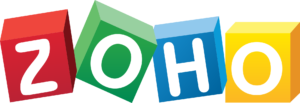
Good for collaborative content creation
Why trust us?
Our team of unbiased software reviewers follows strict editorial guidelines, and our methodology is clear and open to everyone.
See our complete methodology
What is Wrike?
Wrike is a work management software that helps managers keep their teams on track. With Wrike, managers can organize projects into tasks and assign those tasks to employees. Managers can also keep an eye on how projects are progressing and see how much work is assigned to each employee. Wrike also enables employees to track the time they spend on each task.
In addition, Wrike has features for communication and collaboration at work, including file sharing capabilities. Employees can comment directly on files or tag each other on tasks. Managers can set up automated workflows to streamline approvals, although some users have found this isn’t particularly easy. Files are synced automatically as employees work on them. All of these tools enable employees to be productive and avoid duplicating work.
Why Are People Moving Away from Wrike?
While Wrike remains one of the most popular project management solutions, some users have found that the software doesn’t fulfill all of their needs.
One reviewer noted that it can be difficult to schedule tasks onto a calendar. They said, “In our case, each user has their own due dates for their section of a project, but currently the only way to map all these dates on the calendar is to split each project into multiple sub-projects, which quickly turns into a cumbersome and overwhelmingly big folder.”
Some reviewers have claimed that Wrike’s user interface isn’t very intuitive. One said that there are few distinctions between projects, tasks, and folders, and that their company ended up spending more time on project management as a result. Another customer found that users can’t edit tasks in bulk when using the Gantt chart in Wrike. “In List view you can select multiple tasks and change their status all at once, but in Gantt view you cannot do this,” they said.
Others have expressed dissatisfaction with Wrike’s strict no-refund policy and customer service. In particular, one user said that when they encountered a bug with the software, Wrike’s customer service team was slow to address the issue.
While some users have given Wrike poor reviews, the software still has a good overall rating of 4.3 on Capterra. However, there are far better options out there that could better suit your business’s needs.
The 7 Best Wrike Alternatives of 2025
-
Connecteam — The best alternative to Wrike
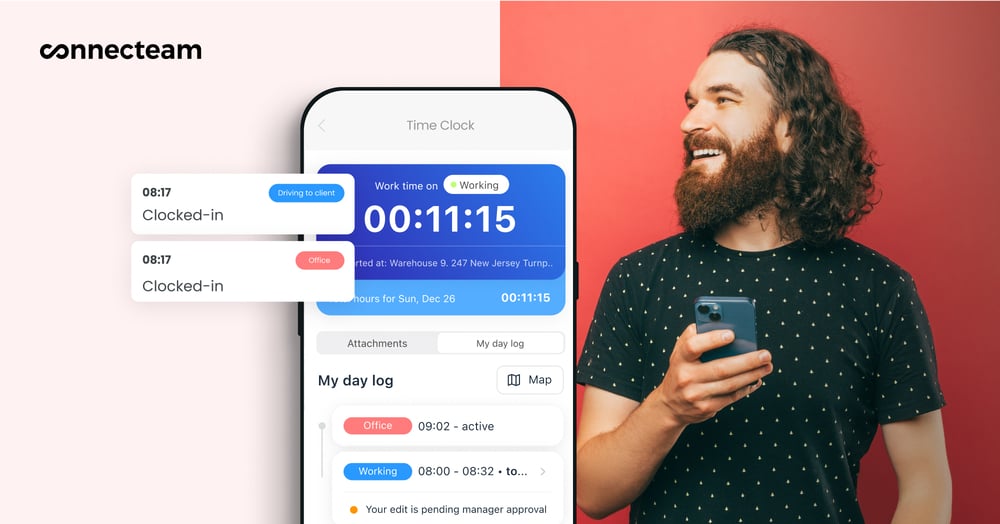
Connecteam is an all-in-one work management tool designed to streamline your operations and make project management a cinch. It includes a wide range of features for managing tasks, scheduling employees to shifts, tracking employees’ hours, and more. Plus, Connecteam offers a seamless mobile app for iOS and Android to help managers and employees on the go.
Let’s take a closer look at everything Connecteam has to offer.
Break projects into tasks and attach key information
Connecteam’s task management software makes it easy to break projects into manageable tasks and subtasks. You can create a new task in just a few clicks, set a due date, and assign it to an employee. You’re also able to create recurring tasks.
Tasks can include not only due dates, titles, and descriptions, but also file attachments, forms, and checklists. Forms are responsive so that questions and answer options automatically adapt based on an employee’s data entries. In addition, checklists are a great way to ensure that all aspects of a task are completed correctly.
Communicate about tasks with the in-app chat and dedicated communication channel

Connecteam includes an integrated chat for one-on-one and group messaging. Plus, Connecteam provides a dedicated communication channel for you and your team members to chat about tasks and projects you’re working on.
You can send push notifications and alerts to employees with a few clicks. Use these to ask employees for an update on a task’s status or remind them of upcoming due dates. Employees will also be notified when they’re mentioned in a conversation, assigned to a task, or receive a response to one of their messages.
Messages chat include videos, photos, audio notes, and more, and managers have full control over who can access conversations. Connecteam’s chat is available online or through our mobile app.
Monitor progress with a visual management dashboard
You can easily monitor project progress using Connecteam’s management dashboard. This provides a visual breakdown of all of your team’s outstanding tasks, including who they’re assigned to and what their completion status is.
You can organize tasks with tags and filter them by assignee or status. You can also view tasks on a calendar to ensure work is being completed on schedule.
Digital knowledge base and document management tools to keep everyone up to date
Connecteam makes it easy to share key information with your employees through a shared digital knowledge base. You can provide details about how to perform routine operations or how employees can access resources that they need to do their jobs. This is also a great place to store your employee handbook and documents outlining company policies.
The knowledge base is available on the go through Connecteam’s mobile app for iOS and Android.
Additionally, Connecteam has powerful document management tools. Workers can upload their employee files and certifications themselves, and you’re able to set custom expiration dates on documents based on type or entry. This way, your team members are always up to date with certifications, ensuring your business remains compliant.
Assign employees to shifts with a drag-and-drop scheduling tool
You can use Connecteam’s user-friendly scheduling tool to assign employees to shifts. Simply drag and drop an employee’s name onto the shift to which you want to assign them. Our platform comes with shift templates to make scheduling even easier.
Employees receive a notification when you publish a new schedule or make changes to their shifts. You can also set up automated shift reminders to reduce no-shows.
Workers can request to swap shifts with their colleagues, and you can review and approve the requests right from within the Connecteam app. Employees can also claim open shifts with your approval.
Track employee work hours with a GPS-enabled time clock
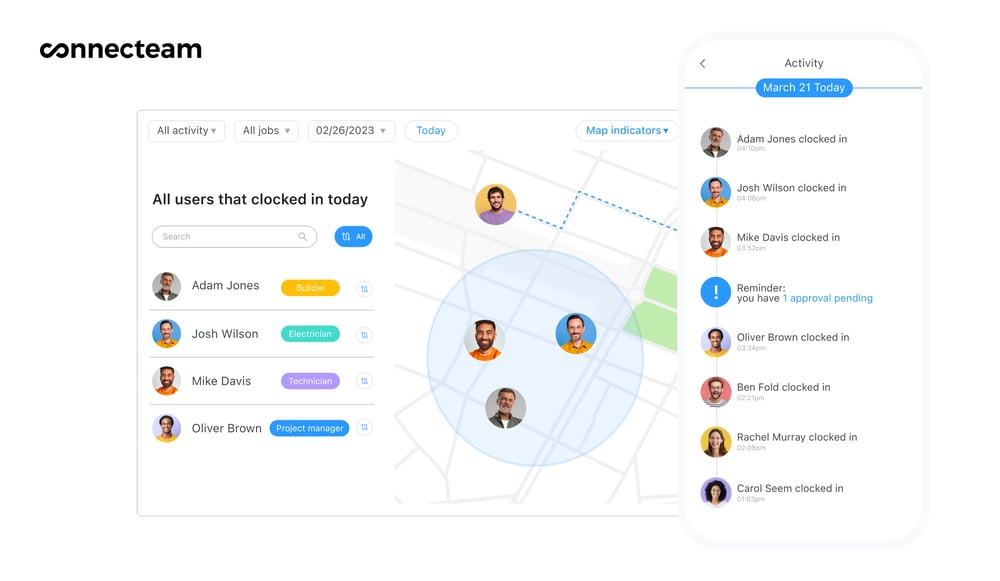
Employees can easily keep track of the hours they spend on any task or project using Connecteam’s built-in employee time clock. The time clock is available on the web, desktop, or mobile, so employees can punch in and out with just a click or touch of their device.
Connecteam’s time clock is GPS-enabled, so you can verify employees’ on-the-clock locations and send automatic clock-in reminders based on where they are.
You’re also able to create geofences around job sites. When a geofence is enabled, your employees will receive a real-time notification to clock in when they arrive at the site and a notification to clock out when they leave. This ensures that your employees track their hours accurately.
In addition, Connecteam offers a time clock kiosk you can use if you prefer to have employees clock in and out at a central location. You can set up the time clock kiosk on any smartphone, tablet, or computer.
Many more features
Beyond these features, Connecteam offers overtime and absence management tools, event planning features, tools to reward and recognize employees’ achievements, onboarding and training features, and much more.
You’re even able to generate custom reports on everything from time spent on projects and labor costs to employee attendance and clock-in times.
And when it’s time to run payroll, you can use Connecteam’s direct integrations with Gusto and QuickBooks Online for stress-free processing.
Free to use for small businesses
Connecteam is completely free for businesses with up to 10 employees. Paid plans for larger businesses start at only $29 per month for up to 30 users. Connecteam also offers a 14-day free trial.
Connecteam also offers a free for life plan – Try Connecteam here!
Key Features
Pros
Add all the information employees need to be productive to tasks
Eliminate missed deadlines with automated reminders
Collaborate on tasks using dedicated chat channel
Keep track of ongoing tasks with tags and filters
Cons
Cannot yet view tasks on a Kanban board
Pricing
Free-for-life plan availablePremium plans start at $29/month for 30 users
14-day free trial, no credit card required
Start your free trial -

Proofhub — Good for customizable workflows
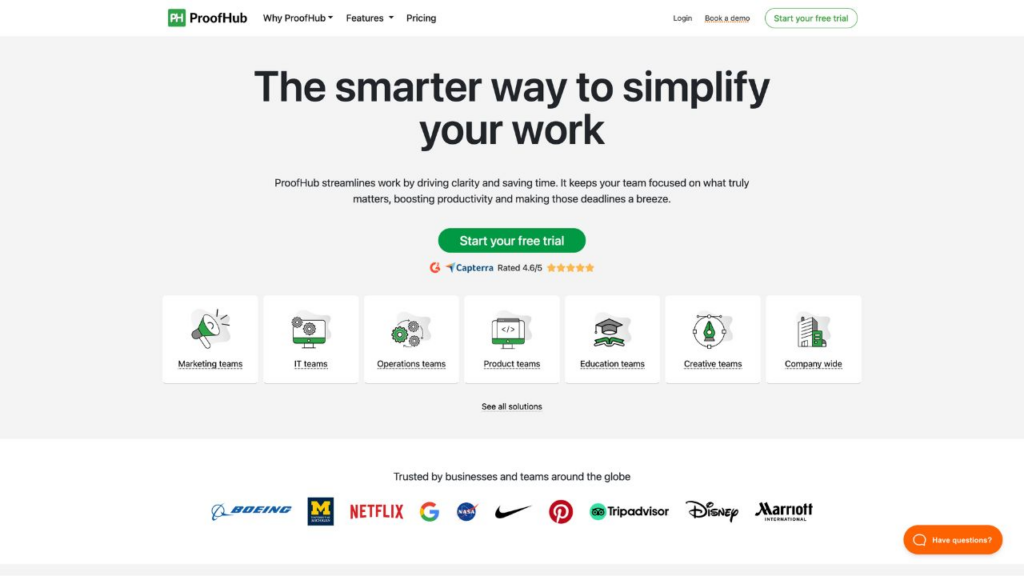
Proofhub is an alternative to Wrike that enables managers to plan, organize, proof, and deliver projects. It offers tools for breaking projects into tasks and subtasks and assigning them to employees. Managers can keep track of tasks with Kanban boards, Gantt charts and calendar views.
Proofhub enables managers to create an unlimited number of custom workflows, which can be useful for complex projects. For example, if an assignment needs to go through multiple rounds of revisions or approvals, managers can organize those stages with a custom workflow. Proofhub also includes templates to help teams create workflows.
Proofhub includes an internal messaging system for one-on-one and group conversations. However, managers can’t create project-specific channels, so it can be hard to keep discussions organized within Proofhub.
Read our in-depth review of the best task management software
Key Features
- Kanban boards, Gantt charts, and calendar views
- Time tracking tools
- Internal messaging system
- Project templates
Pros
- Customizable workflows for complex projects
- Supports task dependencies
Cons
- Limited integrations
- Can’t create project-specific chat channels
Pricing
Starts at $79/month Trial: Yes — 14-day Free Plan: No
-

Zoho Projects — Good for collaborative content creation
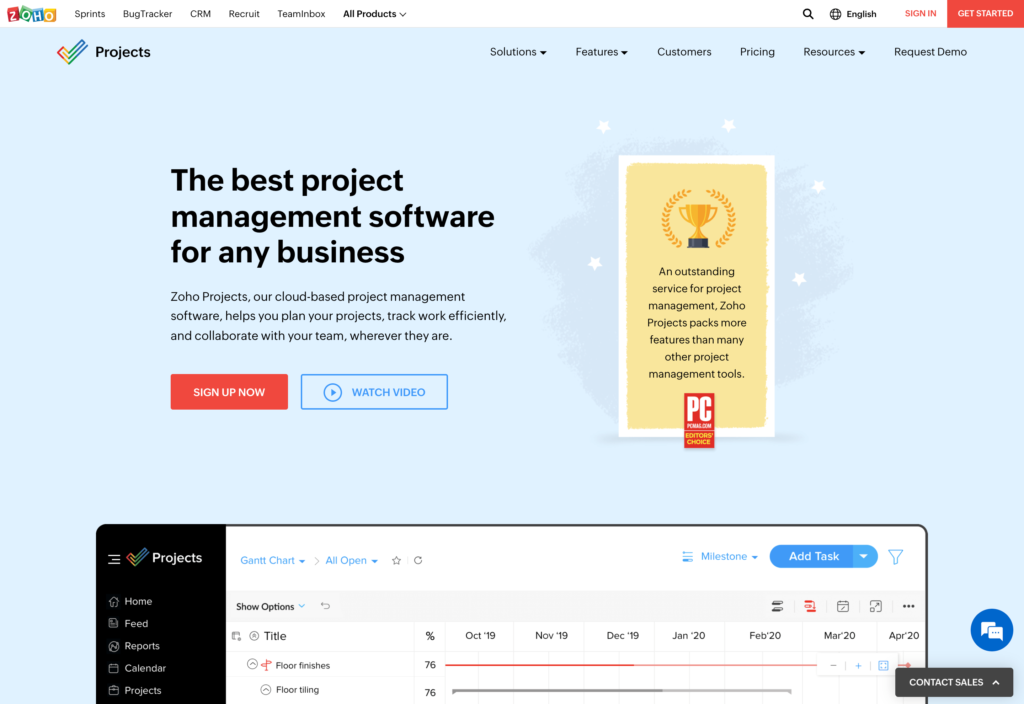
Zoho Projects is a cloud-based project management software that enables managers to oversee tasks with Gantt charts, lists, and Kanban boards. Managers can make one task dependent on another, which can be helpful for large or complex projects. It’s also possible to mark tasks with varying levels of prioritization to ensure the most important work gets done first.
Zoho Projects supports time tracking as well. Managers can see how much time team members spend on specific tasks and use that data to generate timesheets automatically. Zoho Projects doesn’t differentiate between billable and non-billable hours, so time data can’t easily be used to invoice clients.
The software also offers collaboration features like a team chat and updates feed. However, there’s no knowledge base where employees can quickly find information about company operations and policies.
Key Features
- Supports task dependencies
- Time tracking
- Team chat and updates feed
- Task reporting dashboard
Pros
- Enables managers to build automated workflows for tasks
- Integrates with other Zoho business apps
Cons
- Can’t differentiate billable and non-billable hours
- No knowledge base for employees
Pricing
Starts at $4/user/month Trial: Yes — 10-day Free Plan: Yes — For up to 3 users
-
Toggl Plan — Good for resource planning

Toggl Plan, Toggl’s work management product, is another alternative to Wrike that focuses on helping managers distribute work evenly among their team members. With Toggl Plan, managers can view their employees’ availability using project timelines. They can drag and drop new tasks into employees’ schedules and get visual confirmation that no employee is double-scheduled.
Toggl Plan enables managers to view the status of tasks using Kanban boards with customizable workflows. There’s no list view, though, so it can be slightly difficult for managers to see all assigned tasks in a single place.
Toggl also has a time tracking software called Toggl Track that can track employees’ hours automatically based on when they open a specific app. However, Toggl Track is completely separate from Toggl Plan, which can make it a little bit complicated to track time.
Key Features
- Calendar view for each employee
- Kanban boards for managing tasks
- Automatic time tracking
- Add milestones to projects
Pros
- Visual displays are easy to understand
- Balance workloads quickly by dragging and dropping tasks
Cons
- Doesn’t offer a list view for current tasks
- Time tracking features are in a separate app
Pricing
Starts at $8/user/month Trial: Yes Free Plan: Yes
-
Scoro — Good for managing business finances
Available on
- Web
- iOS
- Android
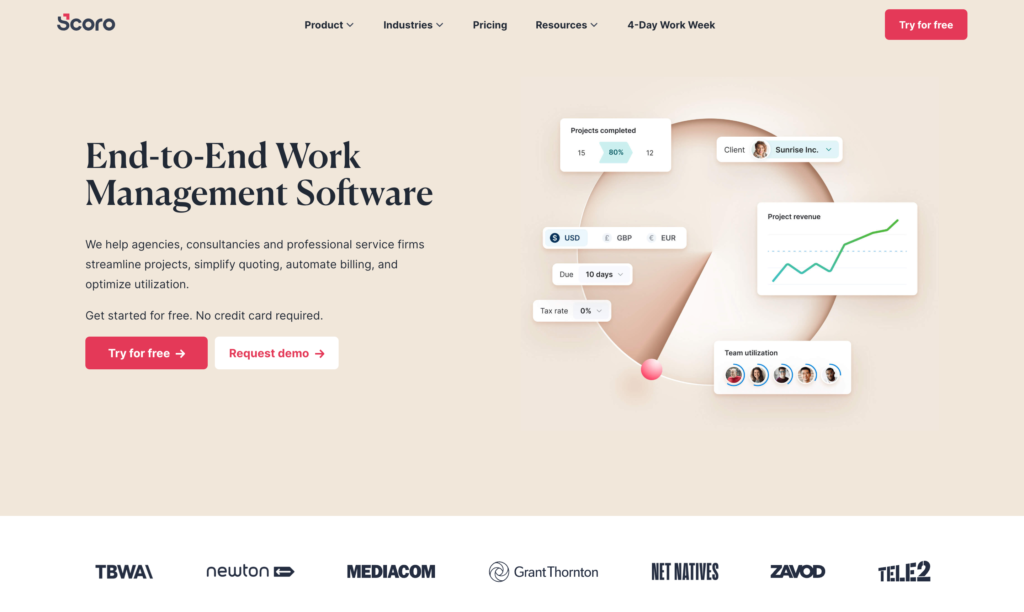
Scoro is an agile project management software. Managers can assign tasks and track them using a Gantt chart, Kanban board, or list view. Customizable reports enable managers to keep an eye on how projects are progressing and whether employees are meeting key performance indicators.
Scoro also helps managers keep an eye on revenue. The platform enables employees to track the time they spend on projects and separate billable and non-billable hours. Managers can use this data to invoice clients and quickly compare their actual revenue against their expected revenue.
Scoro doesn’t offer many features to facilitate team collaboration. There are no internal chat features or proofing tools.
Key Features
- Track key performance indicators for employees
- Time tracking with billable and non-billable hours
- Supports employee expense tracking
- Automatically invoice clients
Pros
- Manage budgets by comparing actual to forecasted revenue
- Customizable reporting tools
Cons
- Few collaboration features
- No tools for proofing work
Pricing
Starts at $37/user/month Trial: Yes — 14-day Free Plan: Yes
-
Hive — Good for automated task management
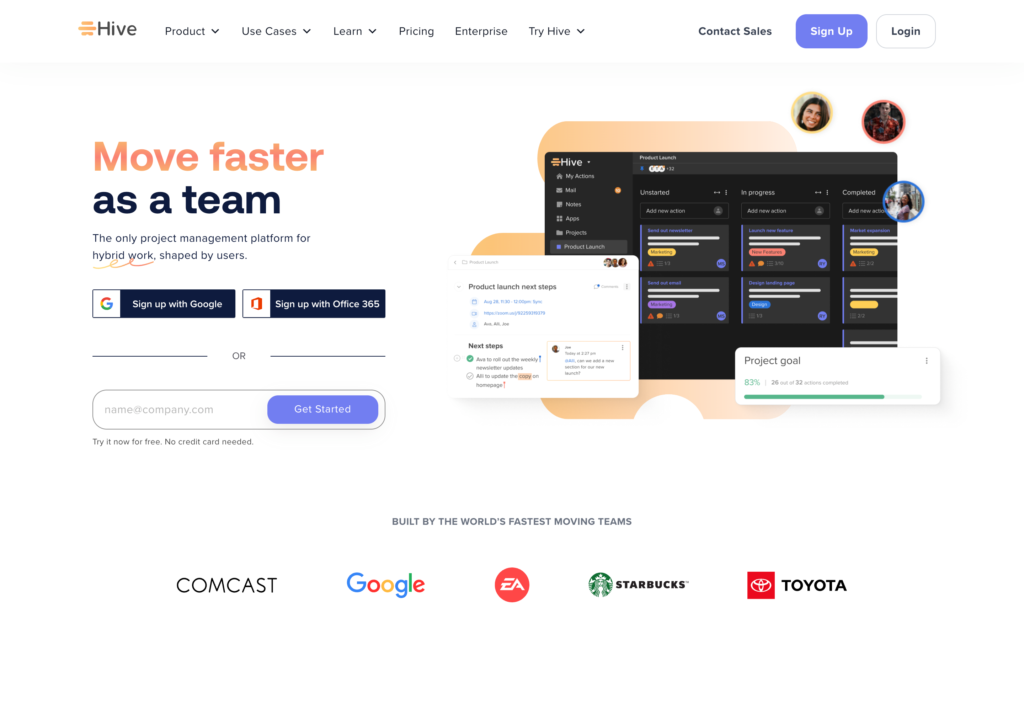
Hive is a project management software that leans into automation. With Hive, managers can set up custom triggers that create a new task, assign a task to another team member, change its status, and more. Hive also integrates with more than 1,000 other business software platforms, and these can be incorporated into custom automations.
Hive also includes an AI (artificial intelligence) assistant. This can be used when writing content like blog posts or emails. It can also help managers determine the best way to break a project into tasks. Hive’s AI is capable of translating content into 26 languages, which can be helpful for businesses with an international presence.
Hive offers several ways to view tasks, including Gantt charts, calendars, lists, and Kanban boards. However, it falls short when it comes to analytics. Managers can analyze current tasks, but the analytics tools don’t offer ways to track whether tasks are being completed on time consistently across multiple projects.
Key Features
- Custom automations to manage tasks
- 1,000+ integrations
- AI writing assistant
- Gantt charts, calendars, lists, and Kanban boards
Pros
- Automations keep tasks moving through a project workflow
- Responsive customer service team
Cons
- Reporting tools aren’t very customizable
- Doesn’t support key performance indicators
Pricing
Starts at $16/user/month Trial: Yes Free Plan: Yes
-

Monday.com — Good for collaborating with clients
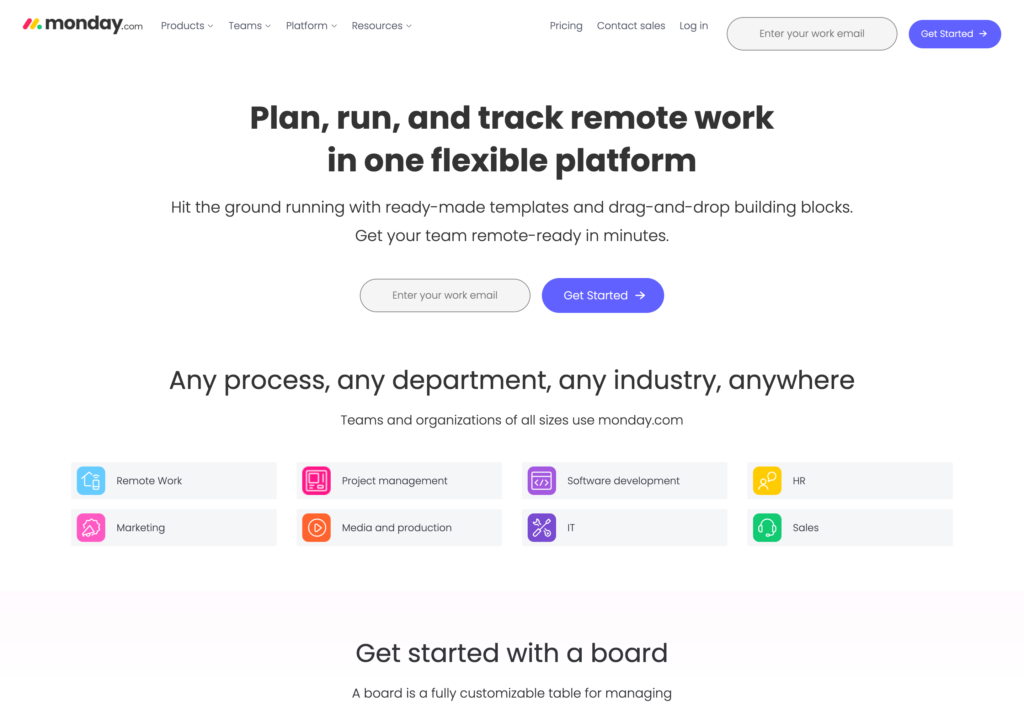
Monday is a cloud-based project management platform with customizable dashboards and task visualizations. Teams can organize tasks using Kanban boards, lists, calendars, and Gantt charts. Tasks can include forms and file attachments, so employees have the information they need to complete work.
There’s no internal chat within Monday, but employees can collaborate using virtual whiteboards. The platform also has more than 200 integrations, including chat platforms like Microsoft Teams and Slack and video conferencing tools like Zoom.
Managers can add clients to a project workspace within Monday. Clients can monitor the status of their project or even add new tasks, which managers can then assign to team members. Clients can also participate in whiteboards or join meetings to facilitate further collaboration.
Unfortunately, Monday’s time tracking features are limited, which can make it difficult to bill clients for time spent on their projects.
Key Features
- Virtual whiteboards for collaboration
- Include clients in any project workspace
- 200+ project templates
- 200+ integrations for productivity and communication software
Pros
- Includes 24/7 customer support
- Advanced security features, including single sign-on
Cons
- No internal messaging tools
- Time tracking features are very limited
Pricing
Starts at $8/user/month Trial: Yes Free Plan: Yes
Compare the Best Wrike Alternatives
| Topic |
 Start for free
Start for free
|

|

|
|
|
|

|
|---|---|---|---|---|---|---|---|
| Reviews |
4.8
|
4.6
|
4.2
|
4.5
|
4.6
|
4.5
|
4.6
|
| Pricing |
Starts at just $29/month for the first 30 users
|
Starts at $79/month
|
Starts at $4/user/month
|
Starts at $8/user/month
|
Starts at $37/user/month
|
Starts at $16/user/month
|
Starts at $8/user/month
|
| Free Trial |
yes
14-day
|
yes
14-day
|
yes
10-day
|
yes
|
yes
14-day
|
yes
|
yes
|
| Free Plan |
yes
Free Up to 10 users
|
no
|
yes
For up to 3 users
|
yes
|
yes
|
yes
|
yes
|
| Use cases |
The best alternative to Wrike
|
Good for customizable workflows
|
Good for collaborative content creation
|
Good for resource planning
|
Good for managing business finances
|
Good for automated task management
|
Good for collaborating with clients
|
| Available on |
Web, iOS, Android
|
Summary
Although many businesses still use Wrike, it’s not the perfect project planning solution for every company. Some managers have found that the software’s tools aren’t intuitive and they end up spending even more time coordinating projects. Others have noted that Wrike’s customer support team isn’t as helpful as they expected.
Connecteam is a powerful and user-friendly Wrike alternative. Our software offers features for assigning and managing tasks, scheduling employees to shifts, tracking hours, and so much more.
Get started with Connecteam for free to see how it can help your business improve productivity and manage work more effectively.




